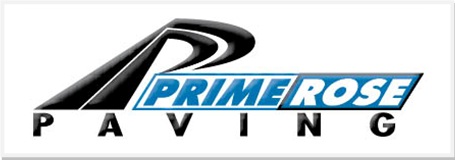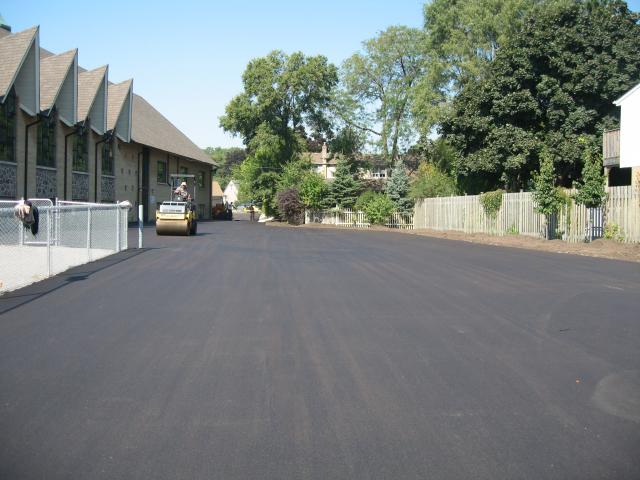
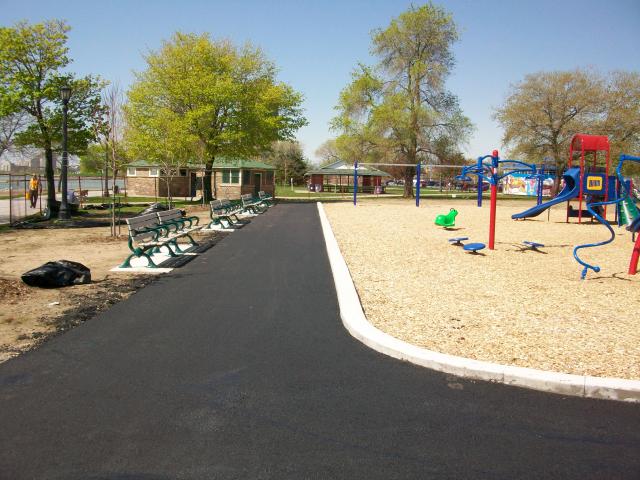
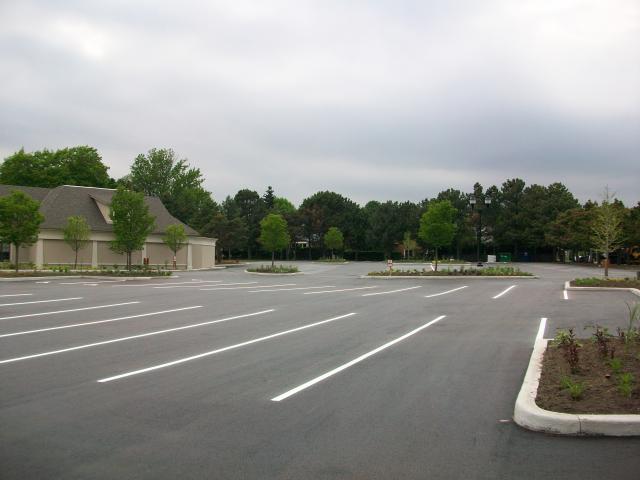
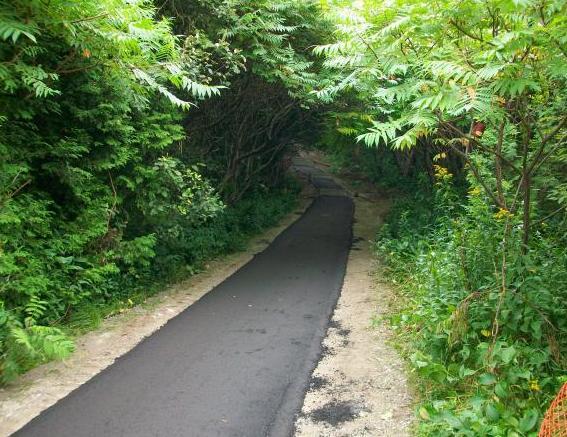
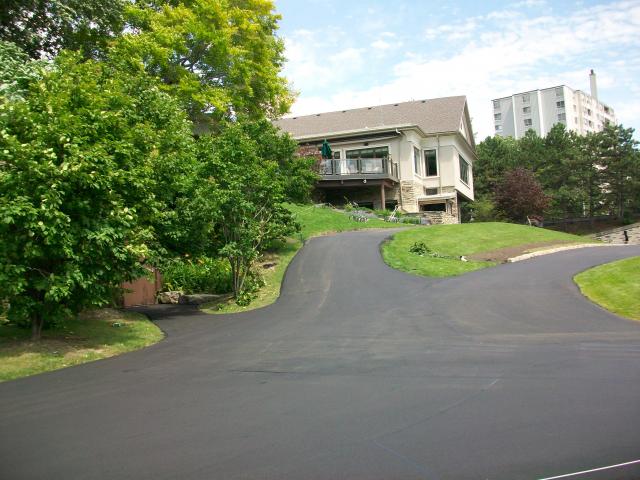
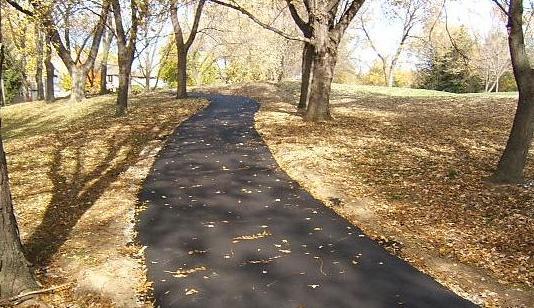
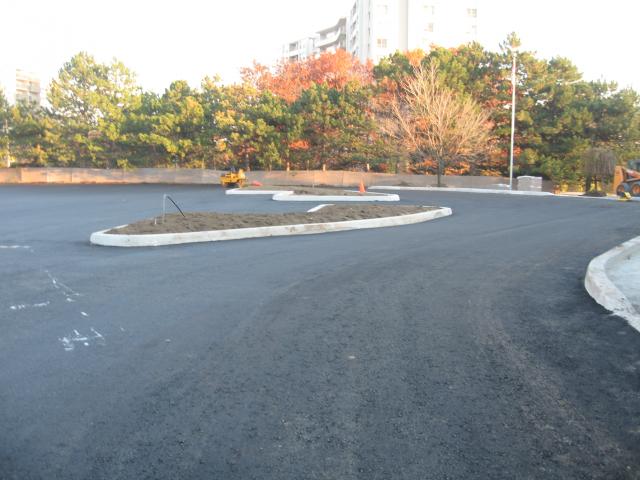
Copyright © 2010 Primerose Paving Inc.
FAQs
Q: How long after my asphalt driveway is done, can I drive or walk on it?
A: Depending on weather condition and nature of the work, a typical asphalt application will take approximately 24-48 hours for new asphalt to properly set up. Thereafter, you may drive or walk on it. Avoid parking your car in the same spot on your new asphalt for the first 2 - 3 weeks. This is most important during hot weather as depressions can occur. Asphalt softens in hot weather. Also, use caution when turning wheels of car while in a stopped position, to avoid creating tire marks. During the first 12 months, we highly recommend using care and caution as it takes about 8-12 months for the surface to properly cure.
Q: What is the longevity of asphalt?
A: 10-15 years depending on sub grade and severity of use.
Q: I was quoted an Excavation fee to have my driveway redone. What does that entail?
A: Excavation pertains to digging up the existing material in or around the paving area. This
is done for various reasons. For example, it may be necessary to excavate to widen the
paving area or to replace the existing material with a proper base material in order to
support the new pavement you requested.
Q: What is Aggregate Base?
A: Aggregate Base is the crushed gravel that is typically added as a foundation for the asphalt
pavement.
Q: Should I be concerned with Fine grade?
A: Yes! Fine grade involves shaping and sloping the gravel base to achieve good drainage and
allow proper placement of your new pavement. If your new driveway is always a puddle because the Fine grade was not done correctly, it will not be of much use!
Q: Can you please explain the Paving process?
A: Paving is complete when the hot asphalt mix is applied. In some instances, two layers - the binder (base) course and the surface (top) course - are applied. The thickness of each layer, or course, is a compacted thickness. Normally, about two inches of compacted hot top is plenty
for household driveway traffic. In higher traffic areas (parking lots, loading docks etc…) with commercial vehicles or heavy equipment, a two-course application is recommended practice.
Q: Should I invest in Overlay, or just redo my driveway?
A: This really depends on the shape of your driveway. Overlay involves resurfacing older
pavement with a new layer of hot asphalt mix, and is typically all that needs to be done unless
there was some major foundation issues with your driveway that need attention.
